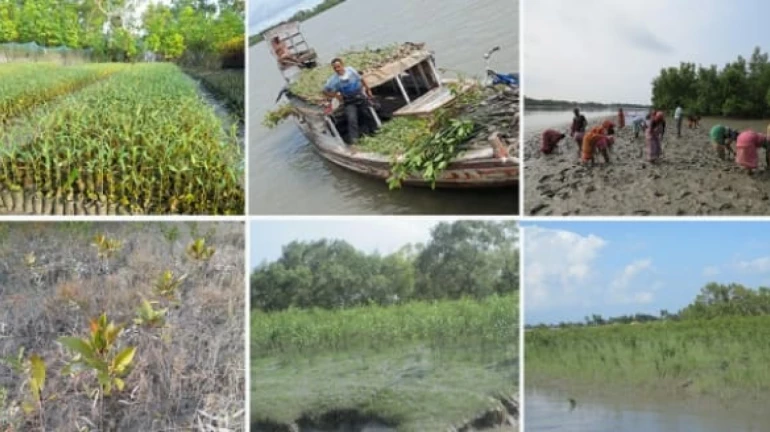
World Wetlands Day is observed to underscore the protection and importance of wetlands, which are critically important for biodiversity and for natural cycles to continue unhindered. Wetlands also protect coastlines against flooding and drought and help us fight climate change.
Four protected areas in the mangrove rich Sundarbans are enlisted as UNESCO World Heritage Sites but West Bengal’s South 24 Parganas district, where the biggest part of the Sundarbans is located, is impacted by cyclones with alarming regularity. In 2021 alone, Sundarbans saw Yaas and Jawad, two massively disruptive cyclones that caused immense devastation.
Bikrant Tiwary, CEO of social organisation Grow-Trees.com said: "Sundarbans not only provides us with an expansive green canopy, it is also a richly bio-diverse, eco-sensitive habitat which harbours many endangered species including the Royal Bengal Tiger. If deforestation continues due to cyclonic events or heedless human disruption, our wildlife will struggle to survive. The theme for the 2022 edition of World Wetlands Day is, "Wetlands Action for People and Nature" to ensure that wetlands are conserved for future generations and for wildlife."
The mangrove tree plantation program that has been initiated at the periphery of Sunderban Tiger Reserve is called, ‘Trees for Forest and Wildlife’. The NGO has already planted over 550,000 trees in the region to address challenges like population pressure, climate change, sea-level rise, sediment starvation and more. It is important to understand that afforestation in eco-sensitive regions or for that matter in any kind of topography cannot be akin to carpet bombing and has to be contextual to endemic species and environment. So carefully chosen plant species, weeding, seeding and natural regeneration activities are used systematically to restore degraded areas.
Bikrant says, "To restore balance within an ecosystem as important as the Sundarbans is a lasting commitment and we will do all we can to augment natural habitats not just here but all over the country."
What's more, local populations are also gainfully employed in the plantation and seeding activities. The trees, when mature, will also provide flowers, fruit, fodder, and fuel to rural communities and wildlife, improve carbon sequestration, fight climate change, and benefit endemic wildlife including the endangered Royal Bengal Tiger. Not to mention the natural barrier the forests will provide against flooding.





